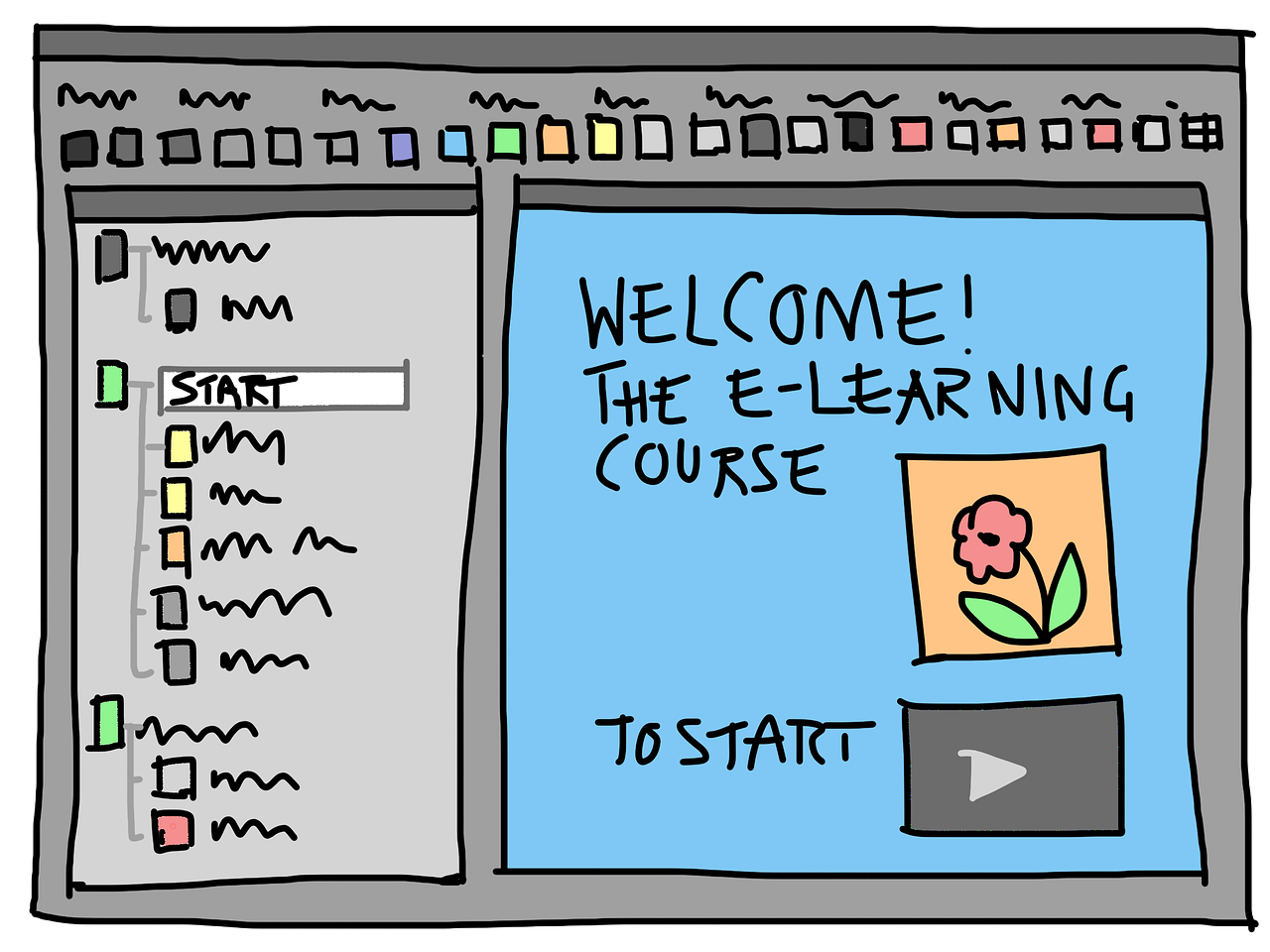
The following is from Magna Publication’s “Faculty Focus,” and was written by Rob Kelly. As we move to move more courses online this Fall, I thought this would be a good reminder.
Online instructors need to be intentional about creating a sense of presence in their courses so that students know that somebody is leading their educational experience. According to Larry Ragan, director of instructional design and development for Penn State’s World Campus, this sense of presence consists of three dimensions:
- Persona—This consists of the instructor’s personality, teaching style, and interests—all the characteristics that go into the students’ impression of the instructor.
- Social—This refers to the connections instructors make with the students and those that students make with each other to build a learning community.
- Instructional—This is the role the instructor plays in guiding students through the learning process.
The need for instructor presence
“In the face-to-face classroom, we don’t actually have to think too much about being present because we’re there—it’s a physical thing. In the online space there is no physicality. I’m not there physically. I don’t see people eye to eye. We may not even be in the same time zone. So how do I convey to the students that there is somebody who is participating, who is a leader in this educational experience?” Ragan says.

A lack of presence can have negative consequences for the learner. As an online learner, Kim Eke, director of Teaching and Learning Interactive at the University of North Carolina at Chapel Hill, experienced a lack of instructor presence. “When professors didn’t seem present, it had a big effect on my satisfaction. I thought, well, they don’t care,” says Eke.
This sense of presence is particularly important for students enrolled solely in online programs, as opposed to on-campus students who take occasional online courses. “For those individuals who are pursuing a degree or certificate in a wholly online environment, the faculty member becomes the connection to that institution. The faculty member is the glue that holds this system together, and so for a student it’s really important to get to know the faculty member at some level. I say at some level because it may vary,” Ragan says. “Maybe the 18-to-22-year-olds aren’t really interested in this idea of learning community. They might say ‘I’ve got that covered. I’ve got my friends. I don’t need my instructional experience to also contain that dimension.’ Whereas the [solely, often adult] online learner may feel isolated from the experience, from the physical dimension of your university.”
Designing for presence

The sense of instructor presence is created through a combination of instructional design and delivery. Videos, photos, narratives—depending on one’s comfort level with the medium—can help create this sense of presence in advance of course delivery. “You can invest a little bit of time and energy in the design phase, say, in the summer prior to putting your course online, developing a nice introduction—this is who I am. Maybe it’s a video. Maybe it’s just a narrative. Whatever vehicle you are most comfortable using. You can invest the time and energy to get the photos right or get a video clip done right and so forth so that when you’re in teaching mode you’re not saying, ‘Shoot, I’d better create something that establishes my persona,’” Ragan says.
Eke cautions against getting enamored of too much technology. “Keep things simple. I would never advocate using all the technologies… The idea is to identify the gaps in your course. Is there something I can do to add a little bit to the community? You don’t have to go whole hog and overboard. Just figure out what makes sense for you and your course.”
Ragan says that faculty members can make technology decisions on their own, but it helps to get input from others, preferably an IT professional or an instructional designer, on what is appropriate for the course and how it might contribute to the learning experience.
Evidence of engagement
When a course is in session, students need to see “evidence of engagement” such as announcements, discussion board posts, and uploads of photos or videos on the part of the instructor, Ragan says. It’s not enough to log in and monitor a course. Instructors need to show that they are active in the course.

Learning management systems can provide some useful data an instructor can use to gauge his or her presence, such as frequency and duration of logging in to a course. Ragan envisions an LMS dashboard that provides instructors (and perhaps a mentor or supervisor) with this data on a regular basis to help the instructor manage his or her presence. “It’s a little Big Brotherish, but I think the capabilities are there for us to begin doing that. I think we’re called as good teachers to be more aware of establishing that teaching presence and making sure that we’re [serving] the need of the students to have us visible,” Ragan says.
Using data analytics in this manner can provide some useful quantitative feedback, but it’s also important to look at qualitative data as well. An indirect way of gauging instructors’ presence is the type of questions coming from students.
More directly, instructors can ask students for feedback throughout the course. “I think in the online environment we have to be more intentional about reaching out and asking those questions, such as ‘How’s it going?’ or ‘How am I doing?’” Ragan says.
You can build in low-stakes evaluation feedback and higher-stakes elements as well. Feedback can be anonymous. For example, at the end of a unit you might ask, “Was this information clear, or were there any points you didn’t understand?”
You also can ask questions specifically about your role as instructor, such as:
- Is the timeliness of my responses helpful?
- Are the types of responses you’re getting helpful?
- Is there anything else I could be doing to help you?
“The students so much appreciate just being asked,” Ragan says.
Excerpted from Creating a Sense of Instructor Presence in the Online Classroom, Online Classroom, 12.10 (2012): 1,3,5.
Due to some training obligations next week, I am going to take a week off from FLC. Thank you for reading the Faculty Learning Corner, and I’ll see you in two weeks!

